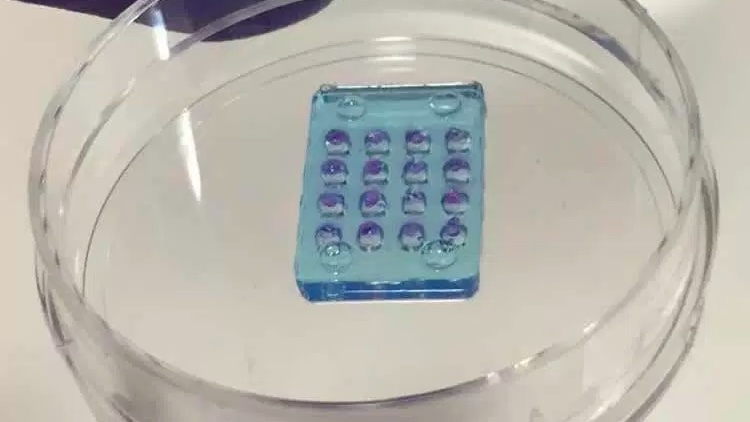The first soft synthetic retina works just like a camera
I spy with my bionic eye

Human vision depends on the retina. Just like the image sensor in a digital camera, it sits at the back of the eyeball and converts light that falls onto it into electrical signals that are sent to the brain.
Around the world, however, there are many people with inherited or acquired diseases that damage the retina, damaging sight in the process. In that past, treating them has involved implanting rigid, hard materials that only provide limited benefits.
But now a chemist at Oxford University named Vanessa Restrepo-Schild has used synthetic tissues to develop an artificial retina that more closely resembles human biology. It's made of soft water droplets and biological cell membrane proteins.
Eye environment
Just like the real thing, the cells act like pixels, responding to light and creating electrical signals that could be used to stimulate the neurons at the back of the eye. The soft retina is less invasive than a mechanical device, and less likely therefore to be rejected.
"The human eye is incredibly sensitive, which is why foreign bodies like metal retinal implants can be so damaging, leading to inflammation and/or scarring," said Restrepo-Schild.
"But a biological synthetic implant is soft and water based, so much more friendly to the eye environment."
Shapes and signals
So far, the retina has only been tested in laboratory conditions and in monochrome. The next step is to see how well it performs as an implant and expand its capability to recognise colours and possibly even shapes and signals.
Get daily insight, inspiration and deals in your inbox
Sign up for breaking news, reviews, opinion, top tech deals, and more.
"I have always been fascinated by the human body," said Restrepo-Schild.
"I want to prove that current technology can be used to replicate the function of human tissues, without having to actually use living cells."
The full details of the technology were published in a paper in the journal Scientific Reports.
